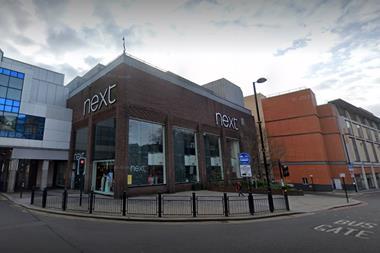Visit any typical British high street these days, and there are empty and boarded-up shops that have been left behind as businesses move online or are forced to close stores.
This is particularly the case with old banks where HSBC is the latest company to announce a spate of new closures. Recent data suggests that as many as 2,000 former bank buildings up and down the country are currently standing empty.
With economic headwinds strengthening, ideas for revitalising these often historic properties in ways that can help bring people back into town centres are needed. And most often it won’t be about creating more shops, but providing more things to do and activities. Recent data shows that people now expect more experiences from their local high streets and social enterprises and charities are playing a crucial role in providing services that utilise historic bank, department store and shop buildings.
Social enterprises like Valley Heritage in Lancashire, which has turned a neglected Victorian bank building into new co-working facilities and housing for young people. And charities like Refugee Education UK which is turning a former HSBC bank in Harlesden into a centre for young refugees. In Ryde on the Isle of Wight, a carnival group called Shademakers is turning a closed-down department store into a arts space and cafe.
But while these organisations may know a lot about providing valuable services to their local communities, they often know much less about the complexities of regenerating a historic building. This is why funding and guidance from charities, as well as more investment from private developers and government, is also going to be vital when it comes to repurposing and sustaining the wealth of heritage on our high streets.
Matthew Mckeague, chief executive, Architectural Heritage Fund






























1 Readers' comment